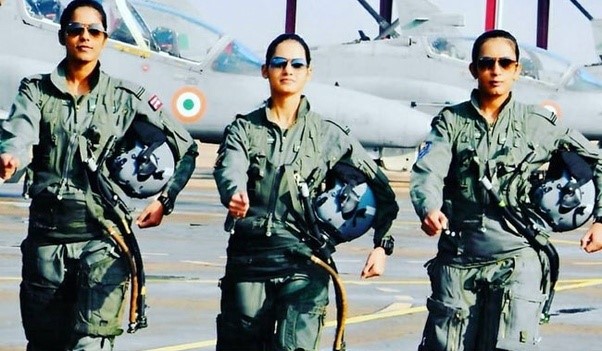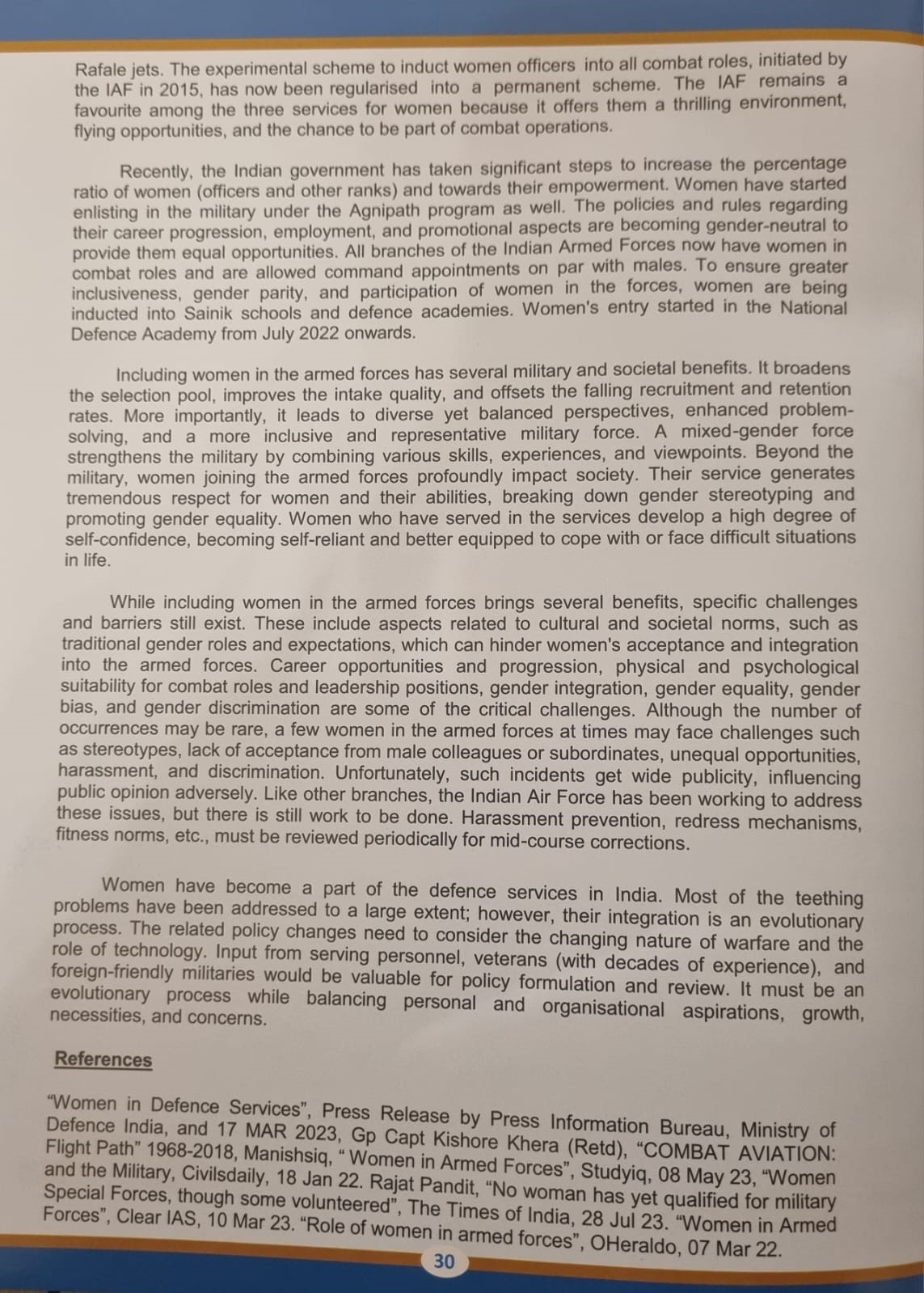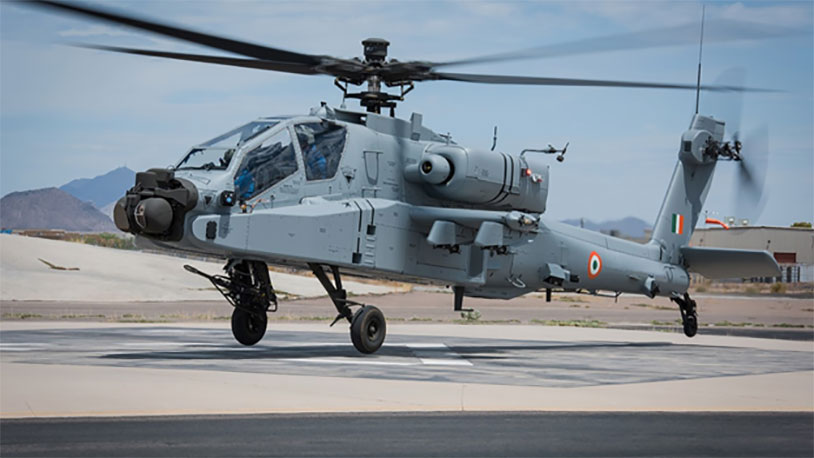
My Article published on IIRF (Indus International Research Foundation) site
South Asia is one of the world’s most populous and geopolitically significant regions. A complex web of ethnic, religious, political, and territorial disputes makes maintaining peace and security in the region a big challenge. Bangladesh and Myanmar, two key countries in this region, face specific regional stability challenges. These include ethnic conflicts, refugee crises, political instability, and militant threats. Both nations’ security dynamics also have wider implications for neighbouring countries, especially India, China, and Southeast Asia.
Critical Issues
Ethnic Conflicts and the Rohingya Crisis. Myanmar’s Rohingya Crisis has been one of the most significant security challenges in recent years. The Rohingya Muslim minority in Myanmar’s Rakhine State has faced decades of persecution, which culminated in a military crackdown in 2017 that was widely condemned as ethnic cleansing. Over 700,000 Rohingya fled to neighbouring Bangladesh, creating one of the largest refugee crises in recent history. Bangladesh provided temporary refuge in the Cox’s Bazar area. The strain on its resources, coupled with fears of radicalisation and the Rohingya population’s vulnerability, raised concerns over the long-term security and stability of the region. The inability to repatriate the Rohingya to Myanmar due to Myanmar’s refusal to guarantee safety, citizenship, or basic rights continues to fuel tensions.
Myanmar’s Political Instability and Civil War. Myanmar’s political situation worsened after the military coup in February 2021, which ousted the civilian government led by Aung San Suu Kyi and re-imposed military rule. The coup triggered widespread civil disobedience movements, violent military crackdowns, and growing armed resistance by ethnic militias and the newly formed People’s Defense Forces (PDF). The country is now in the grips of a low-intensity civil war, where several ethnic armed groups (Kachin, Karen, Shan, etc.) have intensified their fight for autonomy. The instability in Myanmar has made it a hotspot for human rights violations, arms smuggling, and cross-border tensions. The situation has created refugee flows into neighbouring countries, particularly Thailand and India, and has raised fears that Myanmar could become a haven for terrorist networks and drug trafficking.
Islamic Extremism and Terrorist Threats. Bangladesh has faced sporadic issues with Islamic extremism, with groups like Jamaat-ul-Mujahideen Bangladesh (JMB) and other more minor factions trying to radicalise youths. These groups have been responsible for attacks on secularists, bloggers, and foreigners, raising concerns about the growth of extremism in a relatively moderate Muslim-majority country. Although the Bangladeshi government had taken steps to curb militancy, the risk of radicalisation within specific sectors of society, particularly in refugee camps (housing the Rohingya), poses a long-term threat to regional security.
Border Management and Illegal Activities. Bangladesh-Myanmar border areas have been hotspots for illegal activities, including arms trafficking, human trafficking, and drug smuggling. The porous borders and the lack of effective governance in these areas complicate efforts to maintain peace and security. The spread of narcotics such as methamphetamines from Myanmar into Bangladesh and other neighbouring countries has become a severe issue, contributing to organised crime and funding insurgent groups.
Geopolitical Competition and Influence. South Asia is an arena for geopolitical competition between major powers like China, India, and the United States. All of these powers have interests in maintaining stability in the region but also pursue policies driven by strategic competition. China’s growing influence in Bangladesh and Myanmar complicates regional dynamics. Myanmar’s military regime has long had close ties with China, which provides diplomatic support and economic investments. Meanwhile, Bangladesh has also seen increased Chinese investment, primarily through the Belt and Road Initiative (BRI). India, which has historical and strategic ties with Bangladesh and shares a long border with both countries, seeks to counterbalance Chinese influence. India supports the return of democracy in Myanmar, but its ability to directly influence the political outcomes in either country remains limited. The United States has also increased its attention on South Asia as part of its Indo-Pacific strategy, which aims to contain China and promote democratic governance. Washington has imposed sanctions on Myanmar’s military leaders post-coup, but it is also seeking to strengthen ties with Bangladesh, particularly in areas of security cooperation and economic development.
Enhancing Peace and Security

Regional Cooperation and Multilateral Engagement. Addressing the interconnected security challenges in Bangladesh and Myanmar requires robust regional cooperation. Organisations like SAARC (South Asian Association for Regional Cooperation) and ASEAN (Association of Southeast Asian Nations) can play a role in conflict resolution, refugee management, and addressing cross-border threats such as terrorism and trafficking. ASEAN, of which Myanmar is a member, has struggled to mediate the crisis post-coup. However, ASEAN’s efforts to establish dialogue with Myanmar’s military and other stakeholders must be enhanced to prevent the country’s further isolation and encourage a peaceful resolution. Bangladesh can benefit from broader multilateral forums like BIMSTEC (Bay of Bengal Initiative for Multi-Sectoral Technical and Economic Cooperation), which includes Myanmar, to promote economic cooperation and discuss transnational security threats.
Resolving the Rohingya Crisis. The Rohingya refugee crisis is central to the peace and security dynamics between Bangladesh and Myanmar. Bangladesh’s diplomatic efforts to resolve the crisis should focus on resolving the issue through the United Nations, ASEAN, and bilateral talks with Myanmar. More significant international pressure on Myanmar is needed to ensure a safe and dignified repatriation process for the Rohingya. However, this will require Myanmar’s willingness to provide citizenship rights and security guarantees.
Combating Extremism and Transnational Terrorism. Bangladesh must continue its successful counter-terrorism initiatives, such as intelligence sharing, policing reform, and de-radicalisation programs, to mitigate the threat of extremism. Regional cooperation on counter-terrorism between Bangladesh, Myanmar, India, and other neighbouring states is crucial, especially in curbing cross-border terrorist movements and dismantling terrorist financing networks.
Political Stability and Democratic Transitions. Supporting democratic transitions in Myanmar is critical to long-term stability. Diplomatic efforts should bring various ethnic groups and political stakeholders, including the military and opposition groups, to the negotiating table for a political settlement. Bangladesh’s democratic institutions must be supported in maintaining the rule of law, good governance, and political inclusivity, as these are critical factors in preventing the growth of extremism and unrest.
Peace and security in Bangladesh and Myanmar remain precarious, influenced by internal political strife, ethnic conflicts, and cross-border security threats. The Rohingya crisis stands as a pivotal issue that affects both countries and needs a coordinated international response. Moreover, Myanmar’s internal conflict following the military coup has destabilised the region, raising fears of spillover effects, including refugee flows, terrorism, and illegal trafficking. Enhanced regional cooperation, international engagement, and sustained humanitarian support are essential in promoting stability in this part of South Asia. Bangladesh’s efforts in combating terrorism and maintaining political stability should be supported, while Myanmar requires a long-term strategy to achieve peace and move towards democratic governance. Without sustained international pressure and multilateral diplomacy, these challenges may continue to undermine the security of the entire region.
Suggestions and value additions are most welcome.
https://indusresearch.in/peace-and-security-in-south-asia-bangladesh-and-myanmar/
For regular updates, please register here:-
References and credits
To all the online sites and channels.
References:
- “Khandakar Tahmid Rejwan”, Myanmar’s Civil War: Security Implications for Bangladesh, Stimson, 26 jun 24.
- Sreeparna Banerjee, “The Rohingya Crisis and its Impact on Bangladesh-Myanmar Relations, Issue Brief, Observer Research Foundation, 10 May 23.
- Sagarika Dutt, “Peace and Development in South Asia: Problems and Prospects”, Sage Journals. 02 Jan 24.
- Jubaida Auhana Faruque, “A Civil War in Myanmar, a Regional Threat to South Asia”, BIPSS, Jul 21.
- Prothom Alo, “Myanmar’s conflict and implications for Bangladesh and the region”, BIPSS Policy Circle, 22 Feb 24.
Disclaimer:
Information and data included in the blog are for educational & non-commercial purposes only and have been carefully adapted, excerpted, or edited from reliable and accurate sources. All copyrighted material belongs to respective owners and is provided only for wider dissemination.




